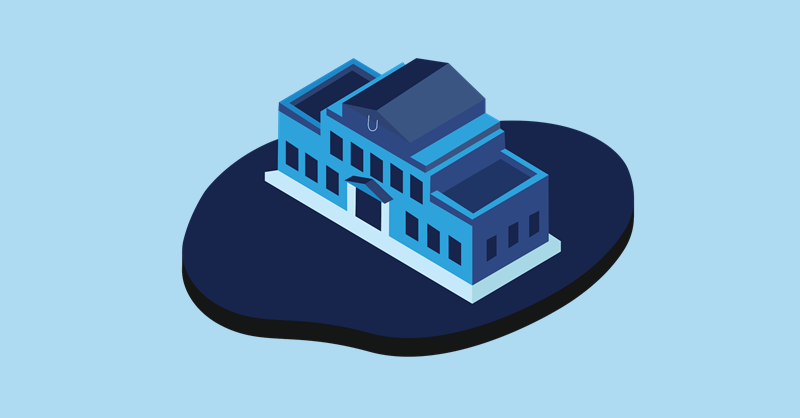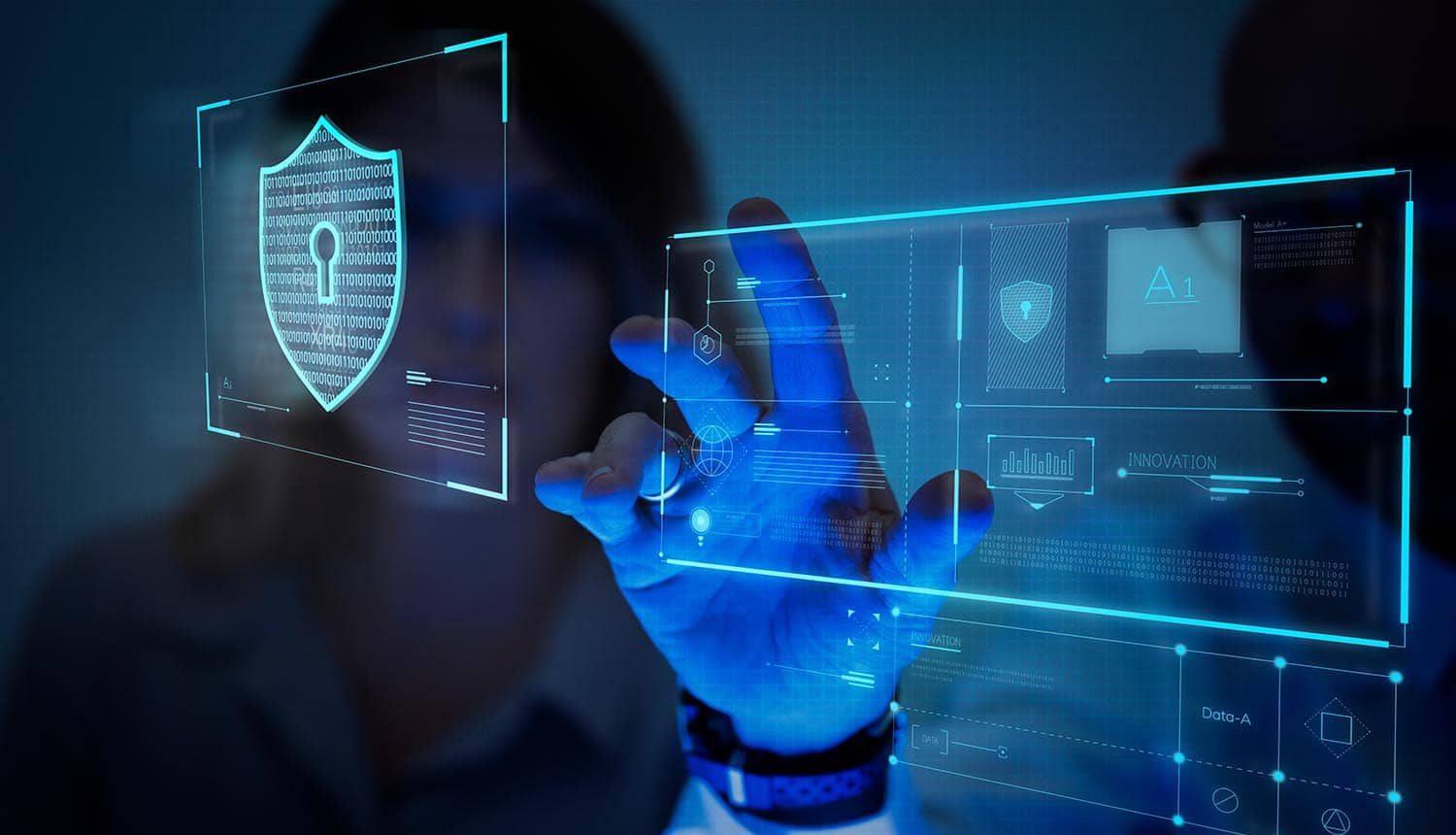How Health Passes Can Help Universities Digitally Transform

The COVID-19 pandemic has caused our country to drastically change its ways of operating. As a student, I felt as if my college experience has been stripped from me. While technology has quickly become the center of successful communication for learning, socializing, and working for universities, could it have done more to enable the return of ‘normality’ sooner?
I lost a sense of independence when my university sent me home as a second semester freshman student. What I had thought to be a few weeks away from campus, turned into months at home with my parents. Not only did I struggle mentally as I was not getting to know my peers, but joining organizations on campus became more challenging too. During these long six months at home, I desperately wished for the pandemic to end and to return to campus as quickly as possible. I am now a rising junior and I have spent more of my college experience virtual than in-person.
Students globally will collectively celebrate when classes can return to face-to-face
While a normal college experience would include on campus housing, dances and tailgates, one of the biggest adjustments was working remotely and not being able to interact with my peers and professors. Team projects and team bonding felt a lot more forced over screens, and lecturers became harder to understand due to the lack of participation and extended screen time. It also became more difficult to get to know my professors as office hours were no longer in-person. Attending university in this way has been a steep learning curve, and there is no doubt that the transition back to in-person classes will be an additional adjustment. Nonetheless, I believe students globally will collectively celebrate when classes can return to face-to-face, as I know I personally am eagerly awaiting the change.
How Has The Pandemic Effected Learning?
Remote learning was always going to have its obstacles, yet it caused several issues as it became difficult for students to adapt to. According to a Digital Promise survey, 20% of students whose classes were moved online during the pandemic indicated it was a major challenge to find a quiet place for their online learning. The survey also highlights that 42% of students found that staying motivated in a remote setting was a major problem when completing coursework online. Lastly, before the move to distance learning, 87% of students indicated they were somewhat, or very satisfied, with the course, which declined to 59% after the switch to remote. The mere 3% of students who were very dissatisfied before going online grew to 13%. These numbers show how the pandemic has made learning an issue for college students.
Due to the pandemic, according to Dr. Khamitov, universities “are reassessing their financials to only keep essential expenditures, enacting severe cost-cutting and saving measures, or even dipping into their already battered endowment funds”. This is mainly due to tuition freezes, drop in student enrollment, and pandemic related expenses. According to a research conducted with 107 universities by U.S News & World Report, institutions faced an average of “14% aggregate decline in revenues across fiscal years 2020 and 2021”.
Now imagine if we had a better solution for universities during this unexpected turn of events.
So What is The Solution?
The extended remote learning could have been shortened significantly with.png?width=380&name=selfie%20verification2%20(1).png) the implementation of a digital solution to demonstrate health status. While there has been a lot of talk about the implementation of vaccine passports and travel passes, the other benefits of these applications has been limited. With the realization of a digital health pass, universities can welcome back their students fully confident they are doing everything in their power to keep us, their students, safe. Additionally, the mental wellbeing of students will improve immensely with an early application of this solution as it will allow a faster return to campus. Attendance rates are likely to rise since students would feel more inclined to attend classes that are face-to-face. Attendance rates will surely skyrocket once we all get back to campus!
the implementation of a digital solution to demonstrate health status. While there has been a lot of talk about the implementation of vaccine passports and travel passes, the other benefits of these applications has been limited. With the realization of a digital health pass, universities can welcome back their students fully confident they are doing everything in their power to keep us, their students, safe. Additionally, the mental wellbeing of students will improve immensely with an early application of this solution as it will allow a faster return to campus. Attendance rates are likely to rise since students would feel more inclined to attend classes that are face-to-face. Attendance rates will surely skyrocket once we all get back to campus!
With a digital health pass verification, universities can confidently bring students back onto campus in a safe, secure, and quick way with students being able to upload their official documentation of vaccination, or a negative test result. The Verif-y Health Pass for example, is a digital pass that verifies documents required for sharing health-related information such as visiting a new physician, proving the status of vaccination records, current medications, diagnostic images, etc. This will allow individuals to control what documented information they share/rescind at any given time with the usage of a QR code and a unique PIN for each transaction using the Verif-y wallet. When documents are “Verif-y’d”, the access is revoked and no information is stored, making this technology fully compliant with various health and privacy laws (HIPAA, CCPA, GDPR, etc.). With Verif-y’s high-tech solution, students can be confident that none of their records are being shared.
As a student, the application of the Verif-y Health Pass can help me feel more secure at college because it shows the extra precautionary steps my school is taking for a secure environment. My peers and I can easily and confidently submit our personal documentations, knowing that the information will not be stored. On top of that, the app is a convenient and easy application to adapt to.
The pass will help safely bring school functions back to campus because the digital health pass verification will guarantee each person attending is healthy.


.gif?width=337&name=ezgif.com-gif-maker%20(1).gif) Click to find out more...
Click to find out more...
.png)